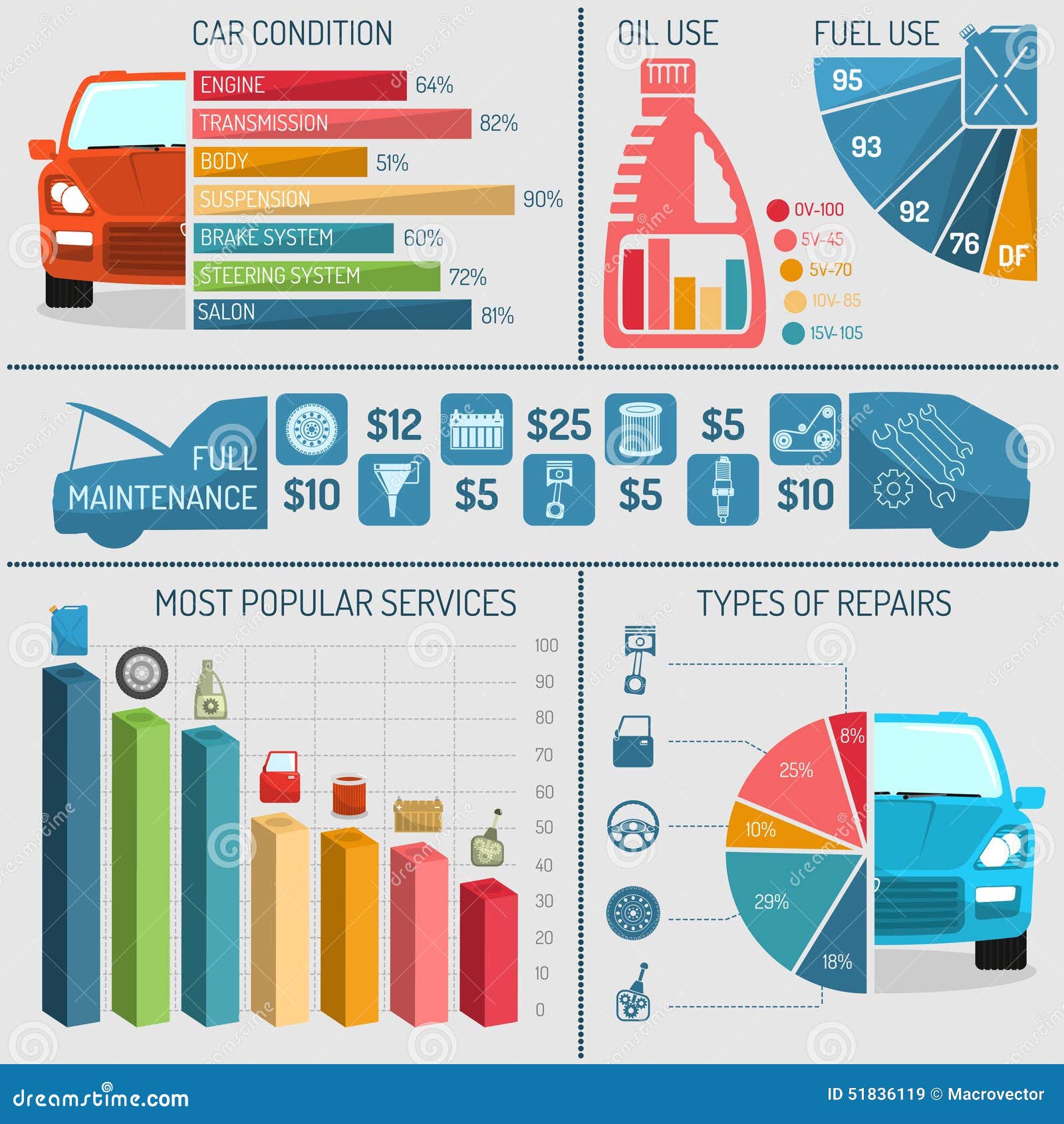Recognizing Your Car'S Caution Lights: What Do They Really Mean?
Recognizing Your Car'S Caution Lights: What Do They Really Mean?
Blog Article
Material By-Boye Gilbert
When you're behind the wheel, those radiant warning lights on your dashboard can be a little bit bewildering. Do you understand what they're trying to tell you concerning your vehicle's health and wellness? Recognizing the significance of these lights is crucial for your safety and security and the longevity of your car. So, the next time one of those lights pops up, would not you intend to decipher its message precisely and take the necessary steps to address it?
Common Caution Lighting and Interpretations
Determine usual caution lights in your auto and comprehend their meanings to ensure secure driving.
One of the most normal caution lights include the check engine light, which signals issues with the engine or emissions system. If this light comes on, it's crucial to have your lorry inspected promptly.
The oil stress cautioning light shows reduced oil stress, needing prompt attention to avoid engine damage.
A blinking battery light may suggest a defective billing system, potentially leaving you stranded if not resolved.
The tire stress monitoring system (TPMS) light alerts you to reduced tire stress, impacting car security and gas efficiency. Overlooking this might result in unsafe driving conditions.
The abdominal muscle light shows a problem with the anti-lock stopping system, compromising your capacity to quit promptly in emergencies.
Finally, the coolant temperature level advising light warns of engine getting too hot, which can result in severe damage otherwise fixed quickly.
Comprehending these common caution lights will help you address issues quickly and keep secure driving problems.
Importance of Prompt Focus
Comprehending the usual caution lights in your cars and truck is just the first step; the importance of quickly dealing with these warnings can't be stressed enough to guarantee your safety and security when traveling.
When a warning light illuminates on your control panel, it's your auto's means of connecting a possible issue that requires attention. Overlooking these warnings can cause more severe problems down the road, compromising your security and potentially costing you a lot more out of commission.
Prompt focus to alerting lights can avoid breakdowns and crashes. As paint correction auckland , a flashing check engine light could show a misfire that, if left ignored, can create damages to the catalytic converter. Resolving visit the following website without delay can save you from an expensive repair work.
Likewise, a brake system advising light might signal low brake liquid or worn brake pads, vital elements for your security when driving.
DIY Troubleshooting Tips
If you see a caution light on your control panel, there are a few DIY fixing suggestions you can attempt before seeking professional aid.
The very first step is to consult your cars and truck's guidebook to comprehend what the particular warning light suggests. Often the problem can be as straightforward as a loosened gas cap triggering the check engine light. Tightening up the gas cap might resolve the problem.
One more common problem is a reduced battery, which can trigger numerous cautioning lights. Examining the battery connections for deterioration and ensuring they're secure could deal with the trouble.
If a caution light persists, you can try resetting it by detaching the auto's battery for a couple of minutes and after that reconnecting it. Additionally, inspecting your lorry's liquid levels, such as oil, coolant, and brake fluid, can assist troubleshoot cautioning lights associated with these systems.
Verdict
To conclude, recognizing your automobile's caution lights is vital for maintaining your automobile running smoothly and securely. By without delay resolving these alerts and understanding what they imply, you can avoid costly repair work and prospective breakdowns.
Bear in mind to consult your automobile's guidebook for specific information on each warning light and do something about it appropriately to ensure a hassle-free driving experience.
Keep notified, stay risk-free on the road!
